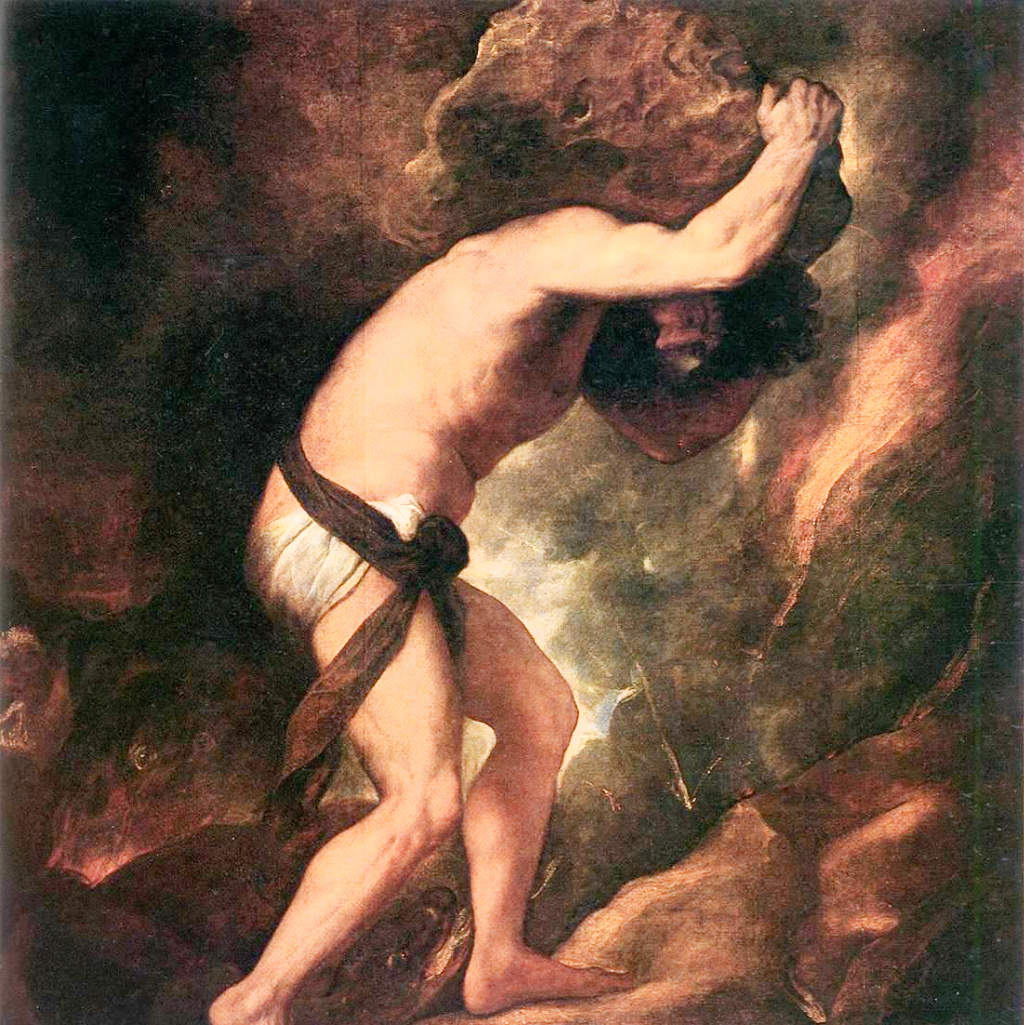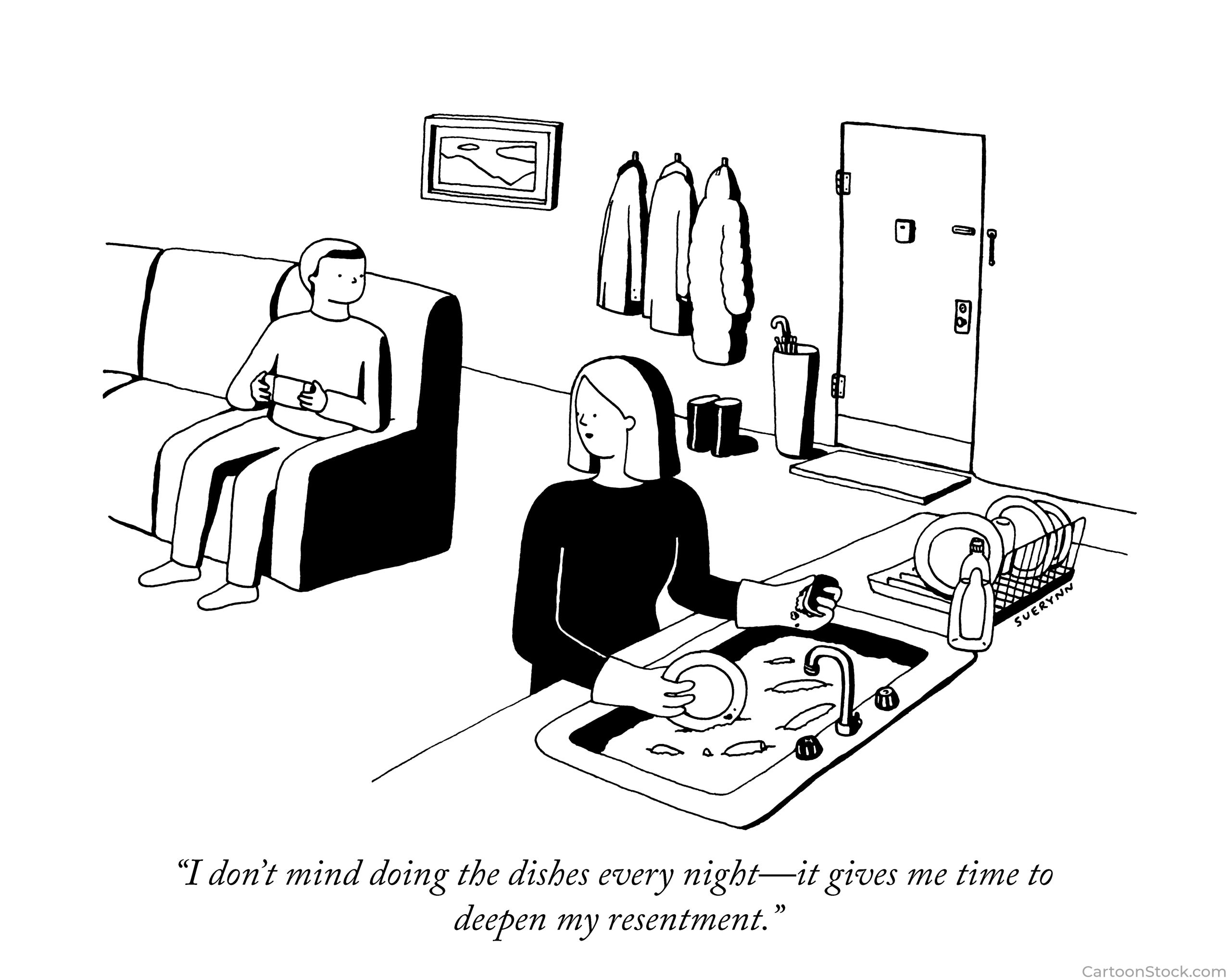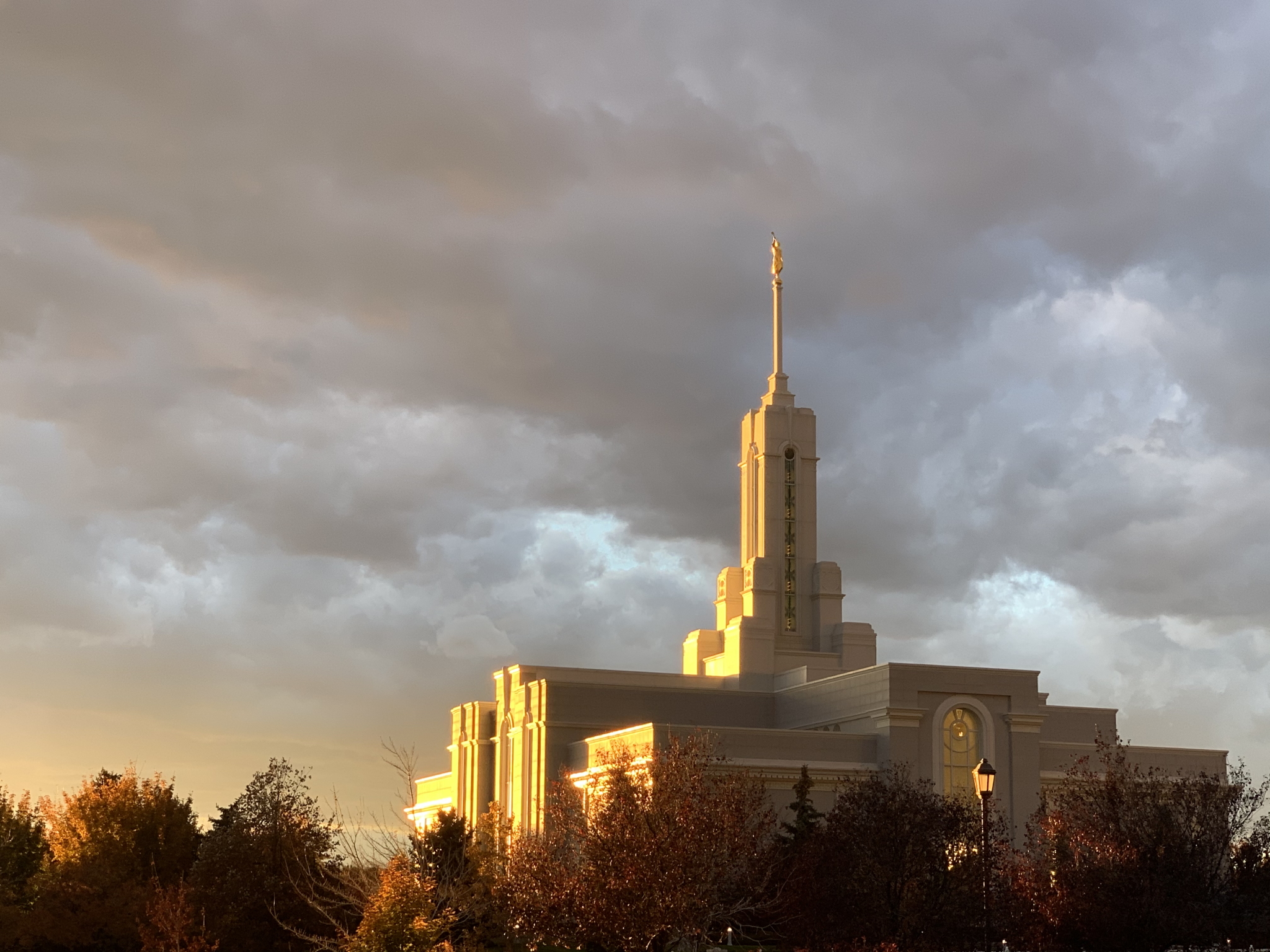Summary – The episode opens with Detective Pyre leading a group of officers up the mountain to rescue Taba, who is completely fine and sitting on the ground outside one of the cabins. (The episode doesn’t explain how he got there after having a gun pointed at his face at the end of episode 2.) Pyre calls for more backup and finds a little girl wandering in the woods, lost and scared. The officers apprehend her and she tells Pyre about how things function up at the “fort” and about “Uncle Allen and Auntie Brenda” when her mother Sara arrives. Pyre questions Sara about Brenda’s experiences in the temple. The episode then depicts the beginning of an endowment session in a pretty good imitation of the garden room in the Salt Lake Temple. Brenda shares with her sisters-in-law her worries about making a covenant to “surrender” to her husband. One of the signs is shown as well as the penalty motion. Sara claims the end of the world is nigh, that her husband Sam’s job is to separate the wheat from the tares, and that Brenda was subject to the doctrine of blood atonement. A large squadron of police officers prepares to storm the Lafferty “fort,” when Pyre realizes that the situation resembles the Haun’s Mill Massacre and decides to instead approach unarmed. A wild-looking Sam and his family are taken into custody while one man escapes into the woods.
Meanwhile, Pyre’s mother with dementia is recovered after she wandered out during the twin’s birthday party. We see a flashback to Father Lafferty confronting Dan about refusing to pay taxes and beating him with his belt. The next day, Dan receives a “revelation” that he is the rightful leader of the family. In the present, Pyre and his wife take the girls to their baptismal interview with their bishop, and Pyre stays behind to discuss his mother’s health with the bishop. He also brings up how his current case ties into difficult church history topics, which the bishop encourages him to “put on a shelf.” At home later, Pyre and his wife fight about whether to postpone the girls’ baptism until after the case is closed.
At the police station, Sam Lafferty is ranting and raving. Pyre corners Allen about his criminal record due to unpaid parking tickets. He shares how his brothers pressured him into it, and as a result, he was arrested and missed Brenda’s graduation from BYU. Brenda’s anger about this led her to confront Dan about his beliefs (which involve a lot of strange reasoning about the constitution and separation of powers), and during the confrontation, Dan reveals his plan to run for sheriff and eventually pull down most government institutions from the inside. Allen ties this story to Brigham Young encouraging Joseph Smith to fight persecution, but Allen says he made a deal with Brenda that he would leave their influence if she gave up her career to start a family.
Pyre and Tab interrogate Sam Lafferty, who claims to be the Lord’s destroying angel, murdering those who are on his “holy list.” Robin Lafferty, still in custody, overhears Sam’s rants and demands to know if Brenda and her daughter are okay. Pyre shows him pictures of their deaths and Robin breaks, revealing that the Lafferty’s are likely also planning an attack on their bishop and stake president, who tried to stop their apostasy. Flashback to Brenda finding out she is pregnant and deciding to try to help the Lafferty family back onto the path of the mainstream church.
Church History – This episode has a violent depiction of the Haun’s Mill Massacre, which most members will readily recognize. Less well known is the obscure early church concept of blood atonement, which the Lafferty’s appear to believe is still in force and to be enacted by them. Allen also pins violence in the early church on Brigham Young’s influence on Joseph Smith, with Emma Smith being against it. This neatly parallels the Lafferty situation, but it’s a significant simplification of the complex web of influences and responses to constant violence against the early Saints. We also get a mention of Joseph Smith running for president, which from my understanding he mostly did to draw attention to the plight of the church rather than expecting to win and reform the government. The show also alludes to the alleged assassination attempt on Governor Boggs by Porter Rockwell.
Shibboleths – Sara Lafferty asks Pyre if he “follows his covenants.” This phrasing is off: LDS members would say “keep your covenants” or “honor your covenants.” (A search for the phrase “follow the covenants” on the church website yields only one result.) In the temple, Robin’s wife remarks on the importance of “keeping our agency strong,” another formulation that makes no sense. To Latter-day Saints, agency means the God-given ability to choose. This isn’t something we can strengthen, but an inherent condition of mortality. During their fight, Sister Pyre worries that delaying the baptism will shame her in front of their “congregation.” Members would never use this word, especially in private. We exclusively refer to our congregation as a “ward.” Her concern about people wondering if her daughters “failed” their interview seems off as well. Finally, let’s talk about LDS family size. Several times in this episode we get references to “at least 10” or “dozens” of kids as though this is the typical size of an LDS family. But in actuality, in 1980, only 12% of Utahns had a family of 6 people or more, and only a fraction of that 12% would have 10+ children. The wards I have lived in have maybe one family that has more than 5 kids. It’s just not that typical.
I Don’t Love to See the Temple – Alright, here we are at the biggest controversy of the series: the decision to portray sacred temple ordinances. The temple scene takes place from timestamp 14:00 to 17:00. Only three minutes long, yet so disrespectful and disappointing. The scene takes place in a surprisingly accurate recreation of the Salt Lake Temple “world room.” Brenda and her relatives whisper loudly about the awkwardness of the old form of the initiatory and question the nature of the covenants. Temple robes are fully on display, and the introductory speech to the endowment is heard. Most egregiously, one of the signs is portrayed along with the accompanying penalty. (Those who first attended the temple after 1990 may be unfamiliar with the penalties. See the FAIR page explaining these changes.) If you have friends asking about the temple after watching this scene, LDS Living has some great advice on how to respond, including official, respectful church resources for explaining the temple.
Prayer and Authority – Dan Lafferty leads his family in a normal enough sounding prayer, which devolves into a chant and ends with him jumping up and shouting that he accepts Heavenly Father’s revelation that he is to lead to the Lafferty’s. Hopefully, the comparison to the Pyres’ family prayer in the first episode makes it clear that this is not a normal LDS practice. Assignments to lead, or “callings,” are handed down from higher church authorities, never taken upon ourselves in a moment of ecstatic fervor.
Interview with a Bishop – The scene where the Pyre twins are interviewed by their bishop for baptism stands out as one that really misunderstands the church. Once again the girls are dressed in pioneer-style dresses instead of the typical dresses of my 80s childhood (crushed velvet or big flower print). Any bishop would be jealous of this bishop’s office which is filled with bookshelves of serious-looking volumes, several different seating areas, and lots of space. Because we have a lay priesthood, most bishops’ offices are small, cramped, and barely decorated with one serviceable desk, a chalkboard, and maybe a filing cabinet. I also found it strange that the Bishop asked the girls if they paid a full tithe. This question might be asked of adult converts, but the interview for children of members is much shorter and does not include this question. Also strange is the Bishop’s reaction to Pyre’s concerns about his mother. He would likely already know about her condition because his job is to care for the needs of the members. It’s also strange that he doesn’t offer any physical help watching her or compassion for the situation but just focuses on doctrinal issues. One of the biggest things that a ward does for each other is to support each other in times of need, and the bishop oversees that work. This scene seems written from the perspective of someone who’s more familiar with clergy in other religions. This is also on display when Pyre orders the officers to find the Lafferty’s bishop and stake president by their titles as if you could look them up easily by their offices.
Wards – This episode radically misunderstands the closeness of a Mormon ward. When a bus driver picks up Pyre’s wandering mother, he tells Sister Pyre, “Lucky I recognized you from church.” In most family wards in Utah, everyone knows each other quite well. We all take turns serving in various organizations around the ward, and see each other every Sunday and possibly multiple weekdays. If the Pyre’s have been in their ward any length of time, it would be more unusual to not recognize someone from your ward, and we certainly wouldn’t comment on it. A much more realistic way to establish they are from the same ward would be for the bus driver to remind her of an upcoming activity or ask about her daughter’s baptism.
Maid and Butler Dialogue – In general, this episode (and previous ones) rely a lot on what is known in the writing business as “maid and butler dialogue.” This is when a character explains something they already know and wouldn’t discuss, usually starting with, “As you know …” We see it when Dan is lecturing Brenda, when Allen is lecturing Pyre, and even when the Pyres are arguing about their daughter’s baptism. This kind of dialogue is a sloppy way to get in background information, and in Under the Banner of Heaven, it’s used to get into Mormon history issues that the characters wouldn’t naturally discuss. I think this is one of the symptoms of this show not being an “own voices” project. They have no idea how authentic Latter-day Saints would really talk about these issues, which we do but in ways very different than what is presented here.
Rings True – I laughed out loud when after Detective Pyre scolds Taba for taking off his boot after twisting his ankle, Taba calls Pyre a “boy scout” and Pyre replies, “Eagle Scout, thank you.” The scouting program was a huge part of church culture up until the church discontinued the program a few years ago. The glimpses of Allen and Brenda’s family posing for wedding pictures on the Salt Lake temple steps mirrors exactly the photos of my wedding. Unfortunately familiar is Sam Lafferty’s snide remark to Brenda that she should “do her research” before trying to refute their massive government conspiracy theories. This hits home in an age when every Saint knows someone in their ward who’s been absolutely taken in by online misinformation. The “put it on a shelf” approach to difficult church history questions is definitely something I heard growing up, though it’s become less prominent in the last 20 years as the church has become more willing to discuss complex historical issues, particularly with young adults who encounter them online.
















